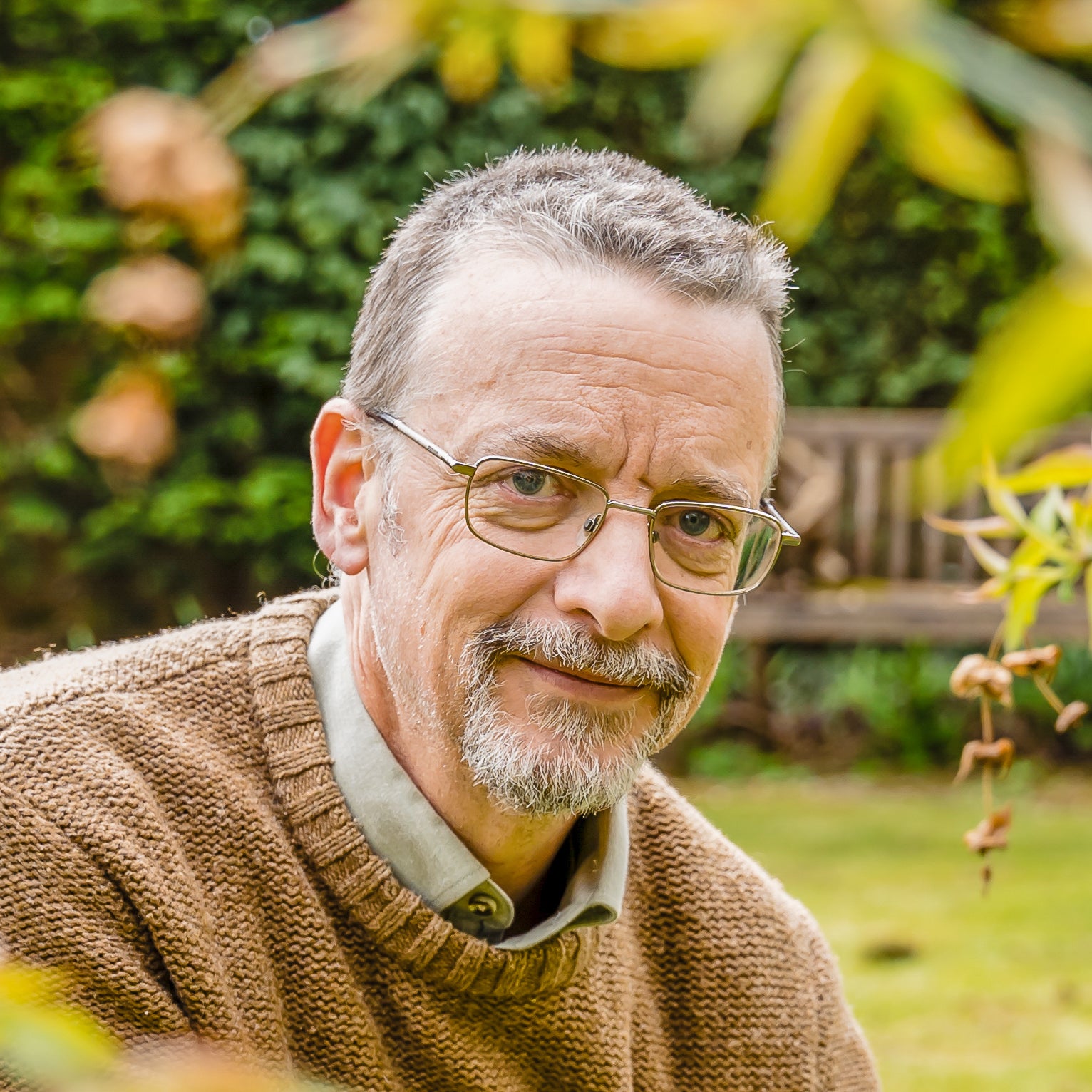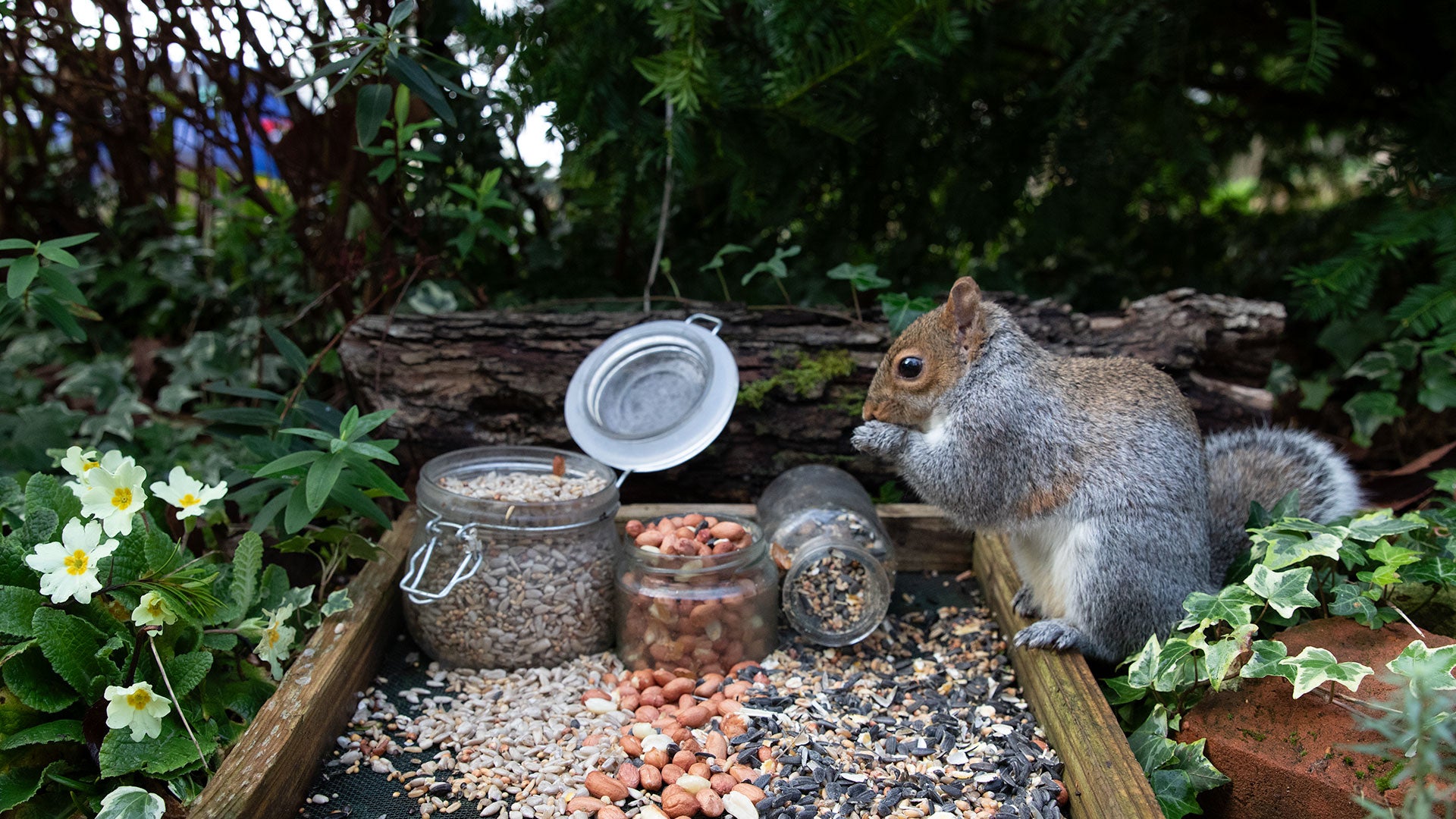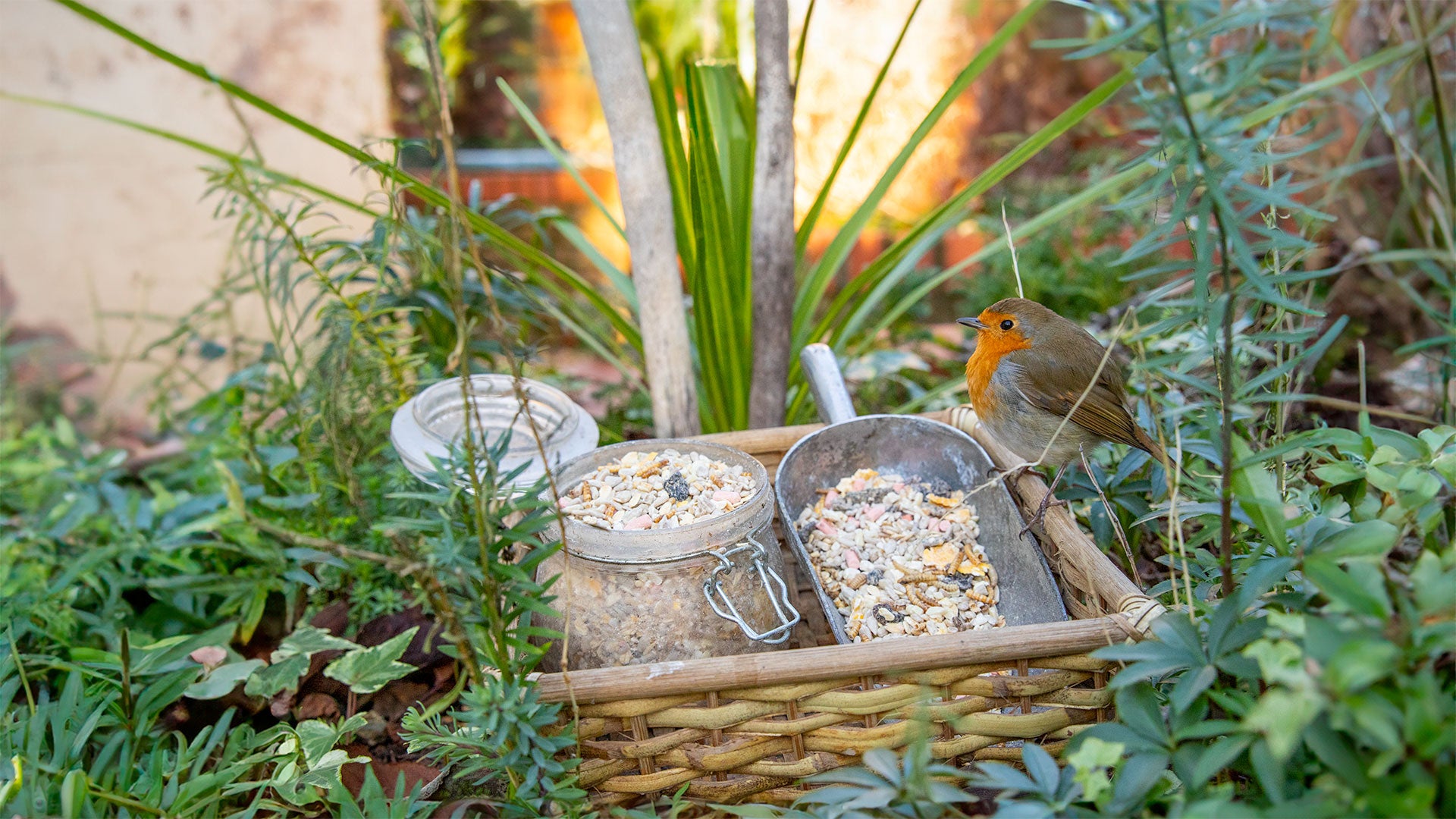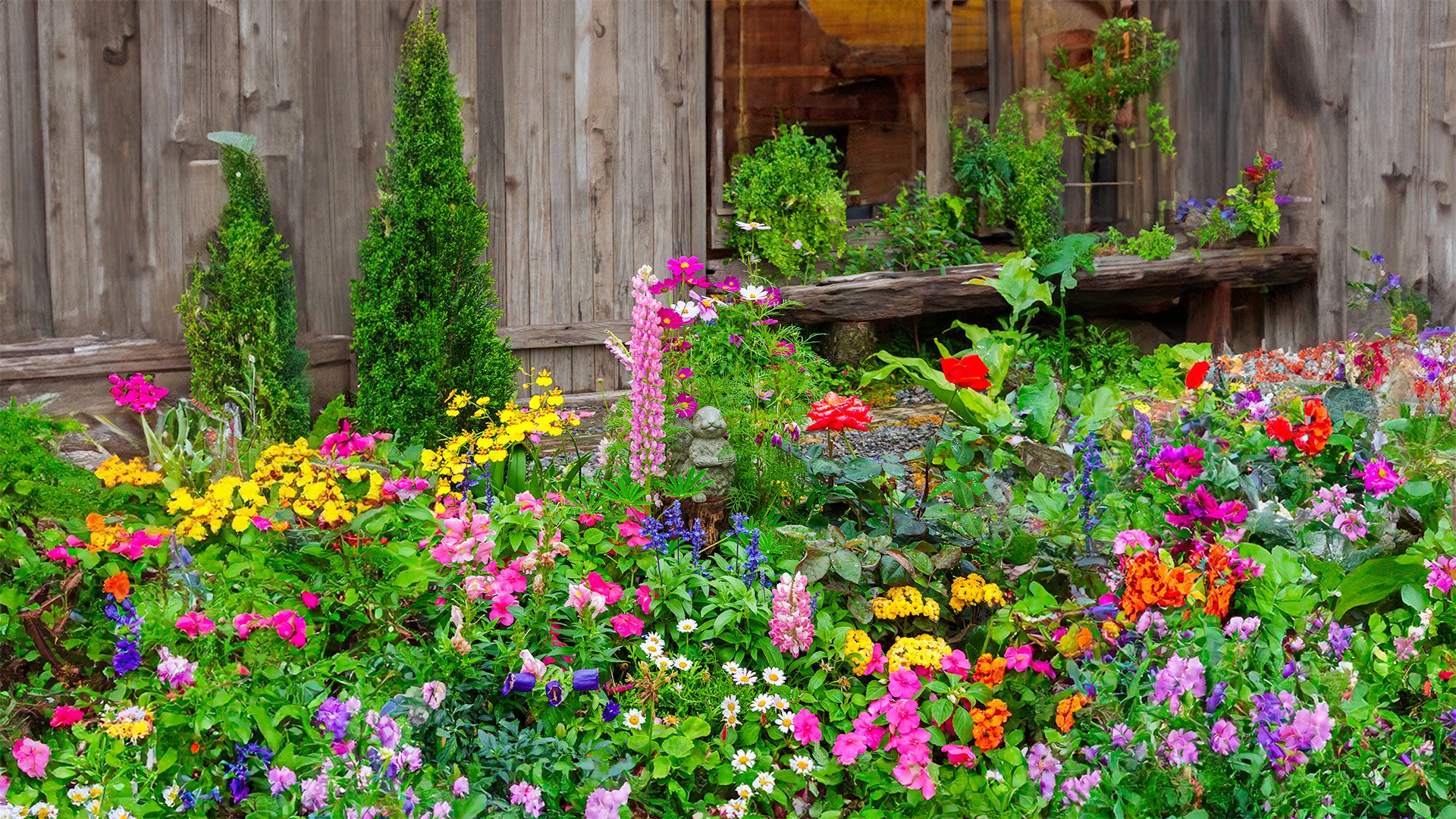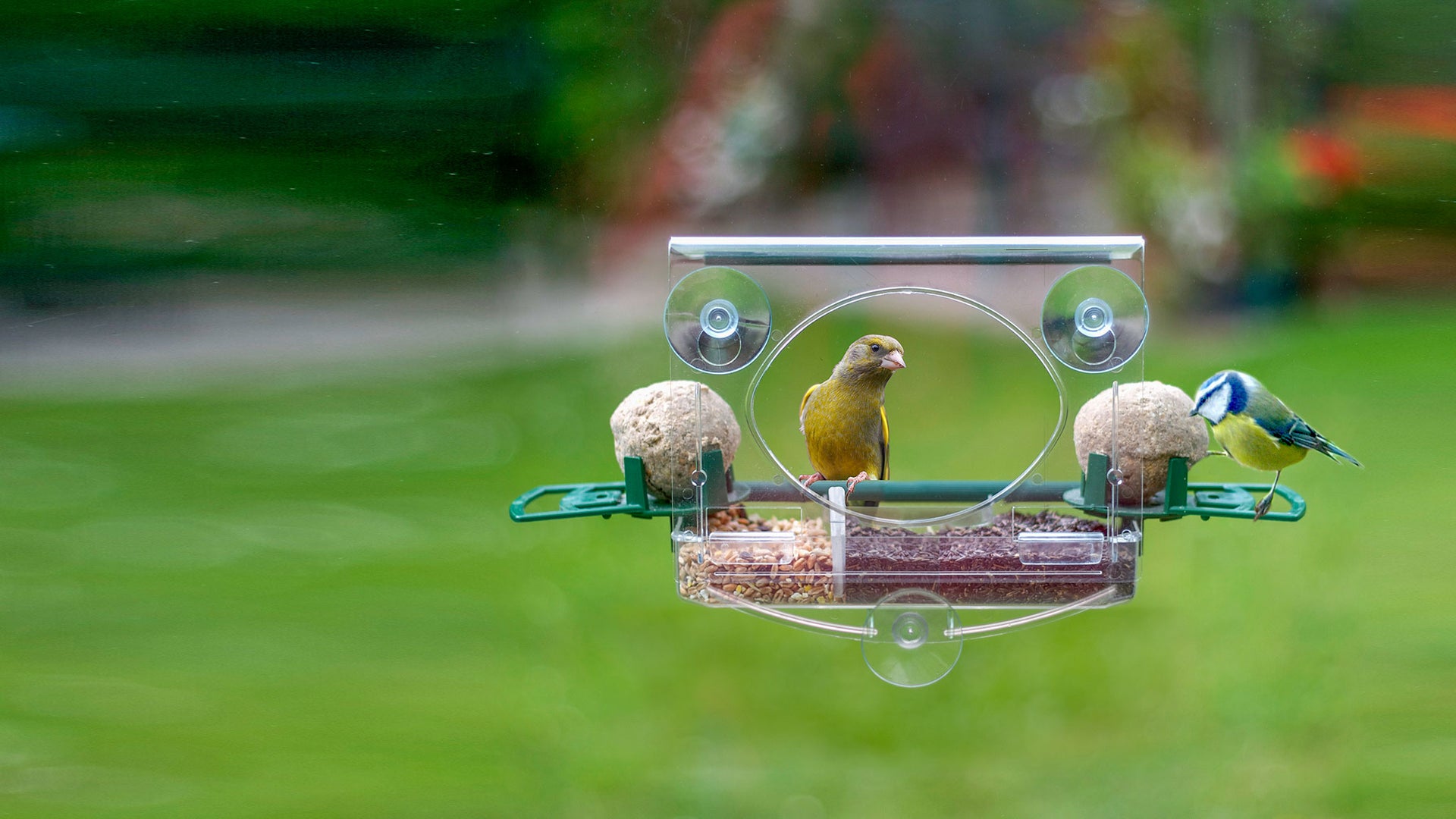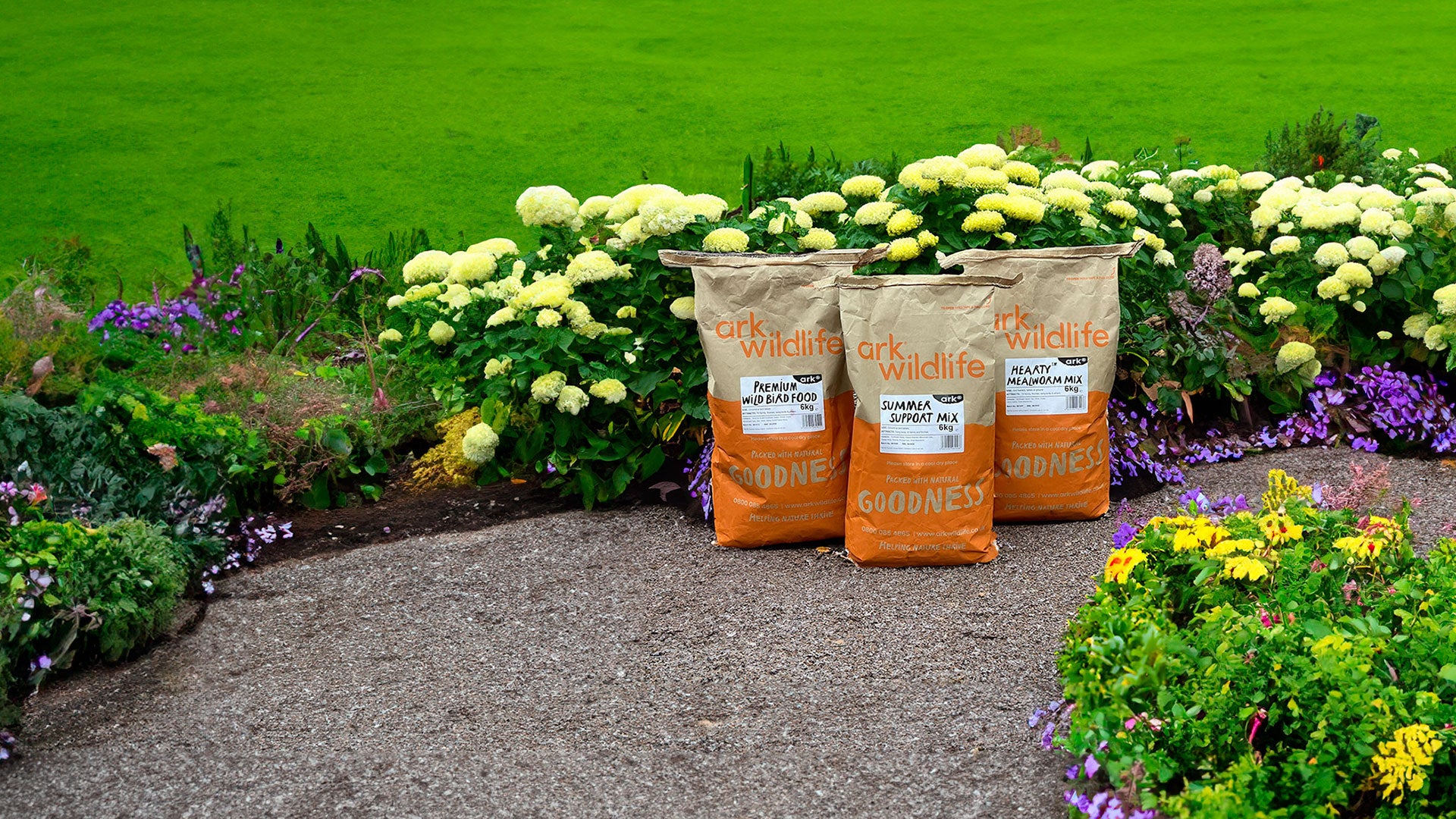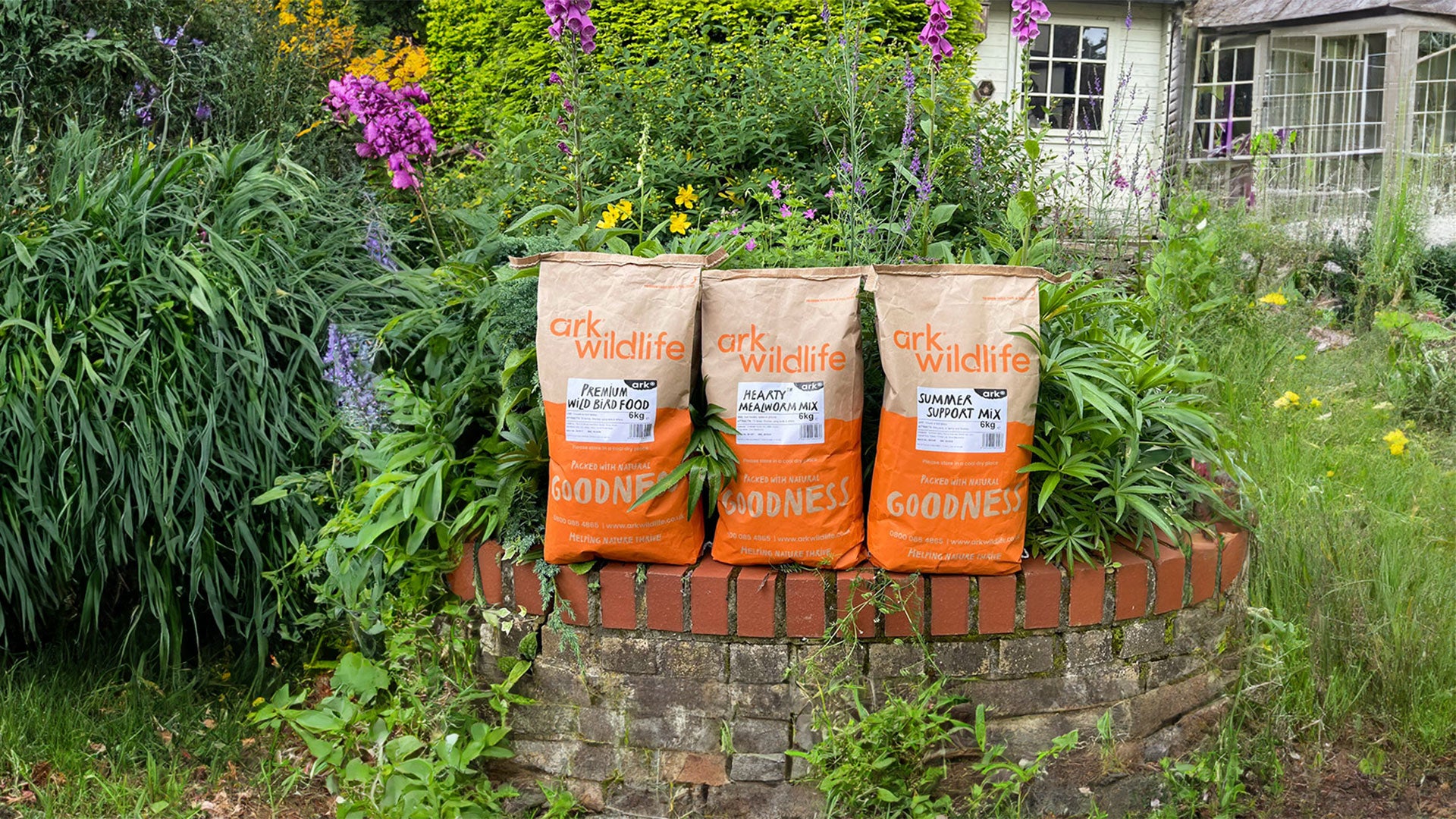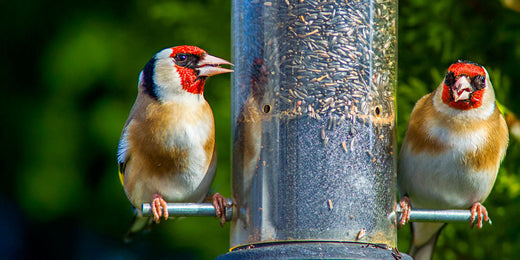It’s easy to forget that the house we live in, our community, shops and commute to work, are all artificial environments. All made by humans for human benefit. Little, if any thought was given to nature in the planning or development. In fact, it’s a testament to the resilience of nature that we see any plants or animals at all. Fortunately, nature will always find a way.
Plants have long been early adopters of hostile environments, seeds freely blowing in the breeze will colonise the least little crack that will support them. Birds and insects can fly in, only staying where conditions are favourable. Although small mammals are restricted to walking in, if conditions are good, they can quickly colonise new territories by rapid breeding.

The diversity and density of wild populations is dictated by the survivability of the ecosystem, food availability, predation and breeding. Open grassland, open water and dense woodland are ecosystems that are home to specialised species that cannot survive elsewhere. The diversity of species is restricted by the need for specialisation. Grasshoppers, fish and dormice thrive locally but cannot expand beyond the boundaries.
Ducks are a prime example of opportunist colonisers, quickly taking to any new water source offering food. So much so, that unlike most birds who will fly away in the presence of humans, ducks flock towards them in the hope of free handouts. Foxes are another species who have quickly learned that humans are wasteful with food, and make a living foraging through bins and lurk outside takeaway food outlets, where there is always a meal to be found.
The areas that support the greatest diversity of species are the boundaries between ecosystems where species overlap. For example, woodland edges and lakesides can count 30-60% more species. We see the same pattern in human ecosystems. Villages bounding countryside are home to a far greater diversity of species than cities. Likewise, a city which includes additional ecosystems such as green spaces and lakes, will see biodiversity soar by 100% or more.

For over 100 years the City of London has been one of the most monitored ecosystems on the planet. Compare the soot filled, densely populated, manufacturing-based city of the 1900’s that housed only 25 species of bird, to the 1970’s city, where cleaner air and water had increased this number to 40. By 2012 the City of London was home to more than 60 species of breeding birds, benefitting from the extra food and habitat created by green space managed for wildlife. These new ‘boundary’ habitats allowed more adapters and exploiters to move in more than doubling the diversity of birds, even allowing the return of salmon and otters to the Thames.
Human ecosystems can all be structured as boundary habitat, offering more opportunities for diversity, not less. We can encourage more adapters; bats, mammals, birds, bees and butterflies, who can join the ducks, foxes, deer, peregrines, frogs and more that already call our urban areas home. Let’s encourage them and watch them adapt to the point of exploitation, just like our house spider, house mouse, house sparrow and city pigeon.

We can all wild our gardens and adapt our houses to start this process. Plant wildflowers, plant trees, put up bird and bat boxes and dig a pond. Take these ideas beyond the garden and blur the boundaries between human and natural ecosystems. Watch nature return and maybe one day welcome a house tit, garden hog or a loft bat. And if I’m being exploited, no problem at all, I love it!


